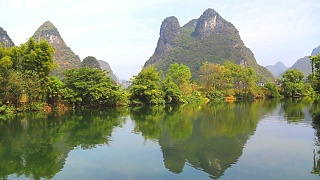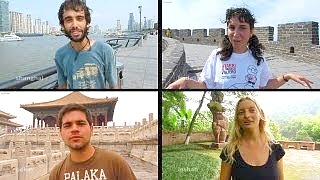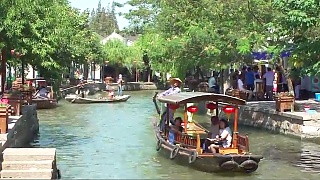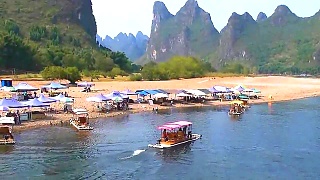Canada : 18.6
Australia : 17.1
US : 15.5
Russia : 11.4
...
China : 7.4
That is, twice the CO2 emissions in the US versus China.
Source : https://www.worldometers.info/co2-emissions/co2-emissions-per-capita/
Live more ...
 Quick fact – CO2 emissions per capita
Quick fact – CO2 emissions per capitaCanada : 18.6
Australia : 17.1
US : 15.5
Russia : 11.4
...
China : 7.4
That is, twice the CO2 emissions in the US versus China.
Source : https://www.worldometers.info/co2-emissions/co2-emissions-per-capita/

|
|

|
Great video !
Song by Pharrell Williams ...
Bonus film : hop in for a drive around ShenZhen ...
|

|
7,000 kilometers of backpacking to 14 locations ...
|

|
ZhūJiāJiǎo is an ancient water town now situated in the outskirt of ShangHai municipality.
The town has 36 beautiful bridges dating from the Ming and Qing dynasties.
|

|

|
Don't miss it.
With Cyrus Janssen ...
With Cyrus and Alex ...
|